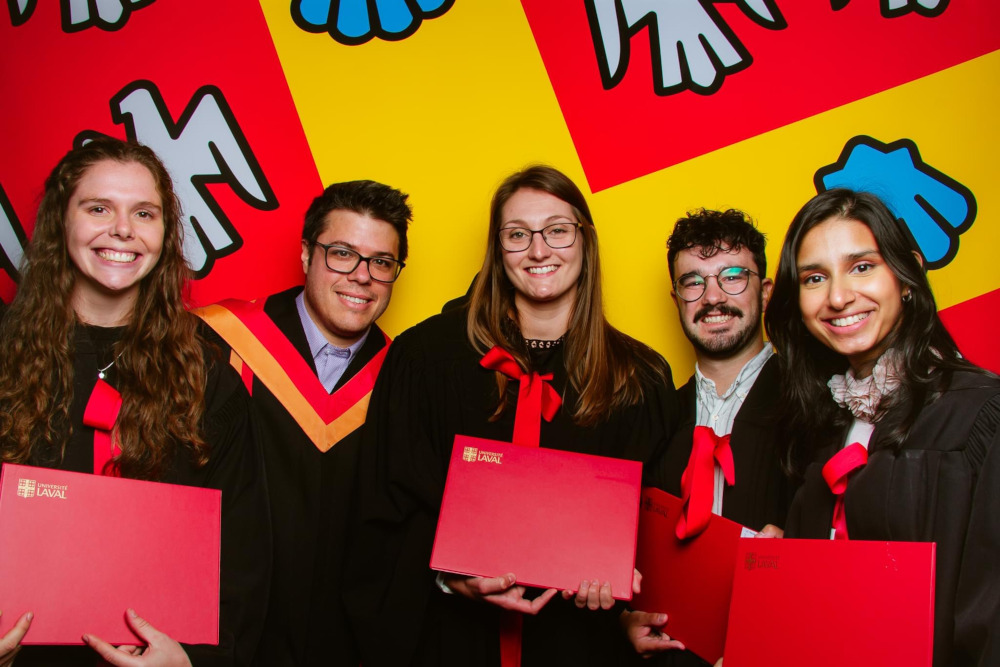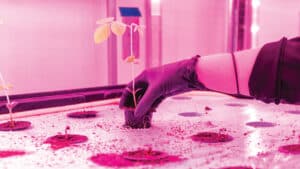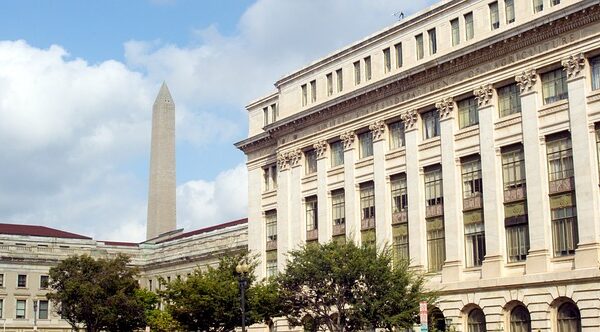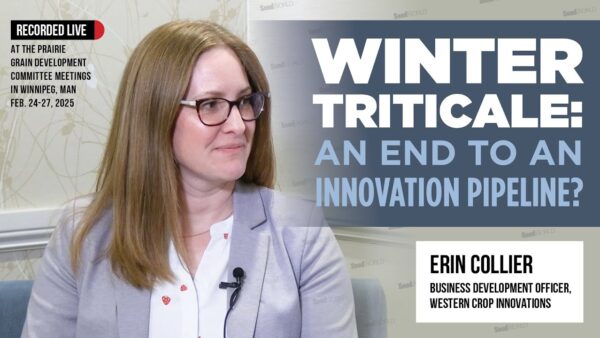Although this country will grow transgenic species on a large scale in order to reduce its food deficit, it will do so under strict scientific and legal control. “To successfully complete all the tests required by Cuban regulatory bodies, by the spring of 2017 we could start introducing (transgenic …) into larger areas of land,” says Mario Estrada, director of Agricultural Research at the Center Of Genetic Engineering and Biotechnology (CIGB).
Cuba hopes to obtain results in a “safe and controlled” way to reduce imports of those two cereals, which in 2014 totaled more than $500 million, says Estrada. The island invests about $2 billion annually in importing about 75 percent of what Cubans eat, since their produce is insufficient to feed 11.2 million people and nearly 4 million tourists.
Research on transgenic crops, highly controversial at the global level, began in Cuba in 1996 and the first small-scale trials were done in 2009 after the enactment of regulatory legislation. But “the results did not adjust to the expectations and this determined the interruption of the field tests with productive ends,” adds Estrada.
“We are currently working on obtaining new transgenic maize lines, which on a small experimental plot scale show potential yields of nine tonnes per hectare, well close to the levels reached by the world’s leading countries in this production,” he says. It was also experimented “with a transgenic soy resistant to herbicides, which in experimental areas of the company Cubasoy showed a yield of up to 2.8 tons per hectare, much higher than the usual ones reached there,” he explains.
Granma emphasized that “many of the criteria opposed to genetically modified organisms are based on experiences regarding the misuse of technological indications, lack of information, poor training and abusive practices of certain seed companies worldwide,” which would not be the case in Cuba.












